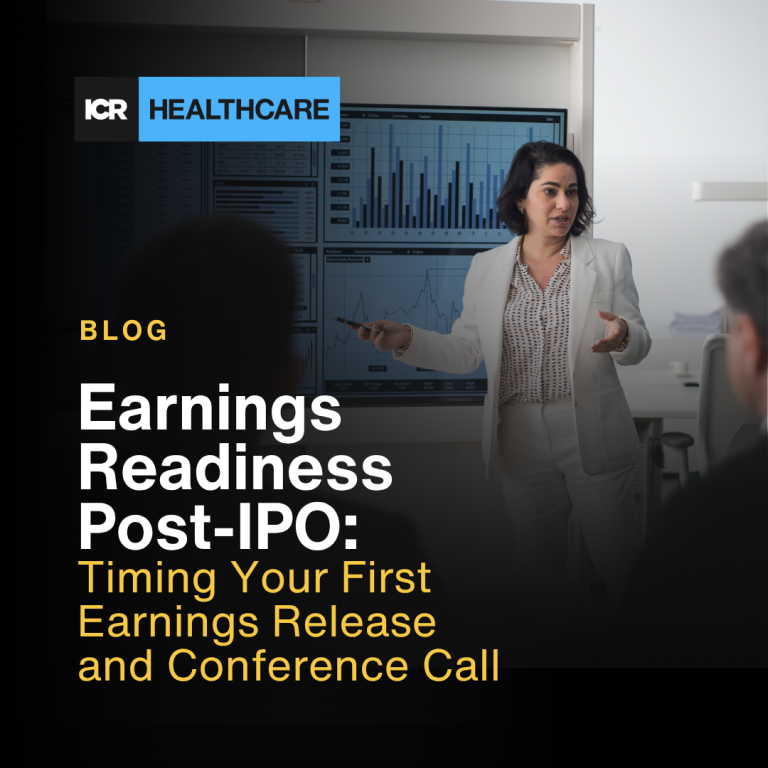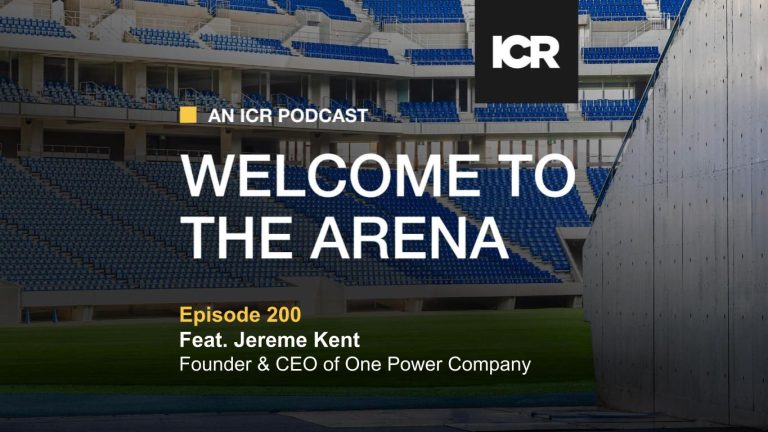On April 25, ICR Investor Access hosted a closed-door conversation with the corporate access team of a large, multi-manager hedge fund, offering an unusually candid look into how one of the world’s most sophisticated investors approaches engagement with public companies. Moderated by Marc Silverberg, the session brought together the firm’s corporate access head and members of the team for a detailed discussion on the evolving standards of corporate access.
While many public companies still hesitate to engage hedge funds directly, the discussion made clear that today’s buy side landscape demands a more strategic and open approach. Sophisticated hedge funds, the team emphasized, are not short-term speculators simply seeking market-moving soundbites. They are often deeply fundamental investors looking for high-quality engagement and consistent communication over time.
The firm’s corporate access head noted that the best management teams they interact with are those willing to address challenges directly, not avoid them. “We know everything isn’t always fine—and that’s okay,” the firm’s corporate access head said. “The really great management teams face tough questions head-on. That’s how you earn buy-side trust.” Rather than shielding investors from bad news, strong management teams use transparency to build credibility, even during periods of operational or financial difficulty.
The conversation also dismantled the old notion that hedge funds are adversaries to be managed cautiously or kept at a distance. Today, they should be viewed as critical parts of a company’s long-term shareholder base—not disruptive outsiders. Engaging them thoughtfully is no longer optional; it is a core part of effective investor relations.
The demands on buy-side firms have shifted dramatically. Analysts at this fund each cover dozens of companies and are expected to have unmatched depth of knowledge across their coverage lists. The firm receives over 1,000 of headquarters meeting invitations per year, a volume that requires them to be highly selective. Analysts are expected to prioritize strategically, often engaging with companies through carefully coordinated quarterly plans rather than ad hoc conference attendance.
Corporate access has thus become less about quantity and more about quality. The firm’s corporate access head cautioned that companies engaging too heavily risk spreading themselves thin and sending mixed signals about leadership focus. “Sending your management team to 20 or 30 conferences a year isn’t just inefficient—it raises serious questions about where leadership’s focus really is,” the firm’s corporate access head said.
Importantly, the firm’s corporate access head also addressed a lingering misconception: buy side corporate access teams were not created to disintermediate the sell side. “Our job isn’t to replace brokers,” the firm’s corporate access head explained. “It’s to optimize how we consume corporate access, given the volume of opportunities. We want to make better, more strategic decisions—not cut out the sell side.” The firm continues to rely heavily on the sell side to organize conferences, manage logistics, and facilitate introductions. What has changed is the level of internal coordination, allowing buy side analysts and PMs to approach corporate engagement with greater planning and efficiency.
Additionally, the structure of meetings matters. The team underlined that engagement isn’t solely about the CEO. Conversations with investor relations officers, CFOs, division heads, and other executives can often be just as valuable depending on the topic. Frequent, detail-oriented discussions with IR following earnings remain a key part of an effective engagement cadence, while C-suite conversations are reserved for broader strategic dialogue.
Even the format of meetings—virtual or in-person—has not escaped scrutiny. The firm encourages cameras to be turned on during virtual meetings, underscoring the continued expectation for professionalism even outside traditional settings. Management teams presenting to a wall of blank screens during the pandemic left lasting negative impressions, while small gestures like face-to-face (even via video) helped build meaningful connections.
Throughout the conversation, one consistent theme emerged: the sophistication of today’s buyside demands an equally sophisticated approach from public companies. Thoughtful, transparent, and strategic engagement is not just a best practice—it’s the expectation. For those advising management teams, understanding these dynamics is essential for positioning companies successfully in a market environment increasingly shaped by highly analytical, detail-oriented investors.
The session offered a timely reminder: corporate access isn’t just about filling meeting slots. It’s about building lasting credibility, one real conversation at a time.
Learn more about how a strategic approach to corporate access can provide management teams with an opportunity to meet with the most promising investors that are most likely to support the company’s long-term goals. Get in touch today.



